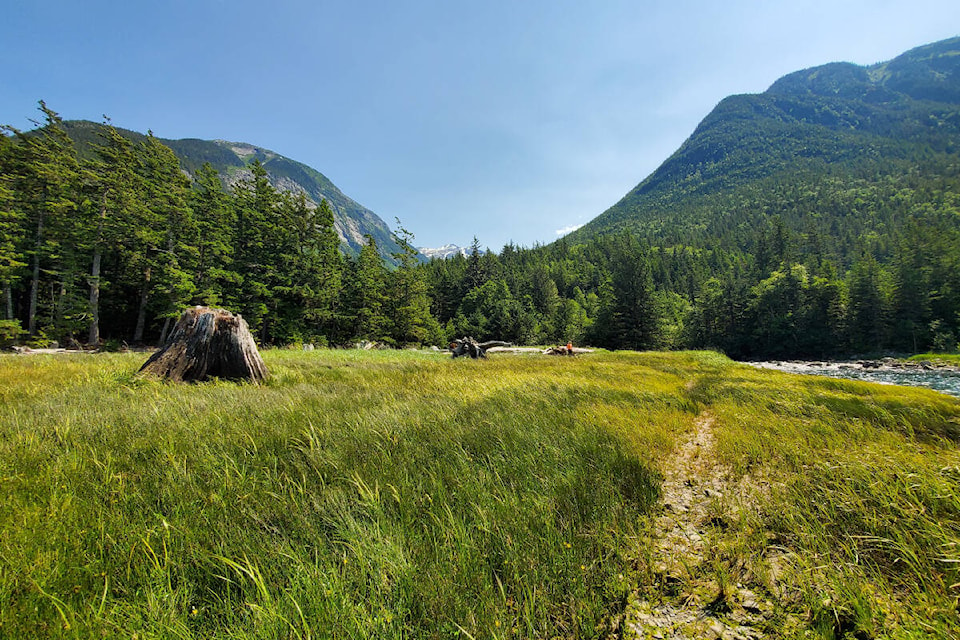Shared decision making and reconciliation are at the crux of new measures to co-manage the Great Bear Rainforest on B.C.’s Central Coast.
Coastal First Nations, the Nanwakolas Council and the Ministry of Forests announced Thursday, July 27, they have partnered to identify new ways to strengthen implementation of ecosystem-based management in the area.
Some of those steps include stewardship measures for habitat of grizzly bears, Kermode (Spirit) and black bears, along with important fish habitat.
Nanwalkos Council president Dallas Smith said it is gratifying to work with government to return the forests to Indigenous-led, sustainable management systems.
“First Nations have been resourceful, responsible managers of our forests for thousands of years,” he said.
The changes result from a fourth review of a land-use order, first established in 2006.
Christine Smith-Martin, CEO, Coastal First Nations-Great Bear Initiative said the new measures strengthen what is already an inspiration worldwide for conservation, sustainable forest management and enhanced carbon sequestration.
“The collaborative Great Bear Rainforest agreements have already been a huge success-establishing a framework for co-governance to protect and sustainably manage our cultural sites, fish-bearing streams, wildlife habitat and old-growth forests using principles of ecosystem-based management.”
There are four key areas of improvement.
They include increased oversight by First Nations of forest planning and timber harvest activity, stronger protection of Indigenous cultural heritage sites and features, and improved stewardship of key Indigenous forest values in their territories.
Improvements in the way old-growth reserves are being created, enabling First Nations to take a stronger role in their development and expedite the protection of important forest values. This work will enhance the 1.5 million hectares of protected areas and conservancies already established through legislation with an additional 1.6 million hectares to be reserved through the landscape reserve design process.
Increased requirements for the protection and stewardship of habitat for regionally important wildlife, particularly in relation to grizzly bears, Kermode (Spirit) bears and black bears.
Strengthened requirements for protection of important fisheries watersheds, maintenance of watershed health, and stewardship of fish-bearing rivers and streams, and other important aquatic habitats and riparian forests.
The provincial government said the changes reflect its own and First Nations’ leadership commitment to continuous improvement of forest management in First Nations territories and are part of a broader responsibility to build a conservation-based economy that supports maintenance of ecological integrity and human well-being for the North-Central and South-Central Coast.
These achievements under ecosystem-based management will inform the new Forest Landscape Planning tables to be introduced across the province and will expand First Nations co-management and public participation in forest management, said Bruce Ralston, Minister of Forests.
READ MORE: BC Park Ranger authority appointed to Nuxalk, Kitasoo Xai’xais guardians
READ MORE: B.C. old-growth logging deferrals exceed Great Bear Rainforest
monica.lamb-yorski@wltribune.com
Like us on Facebook and follow us on Twitter
